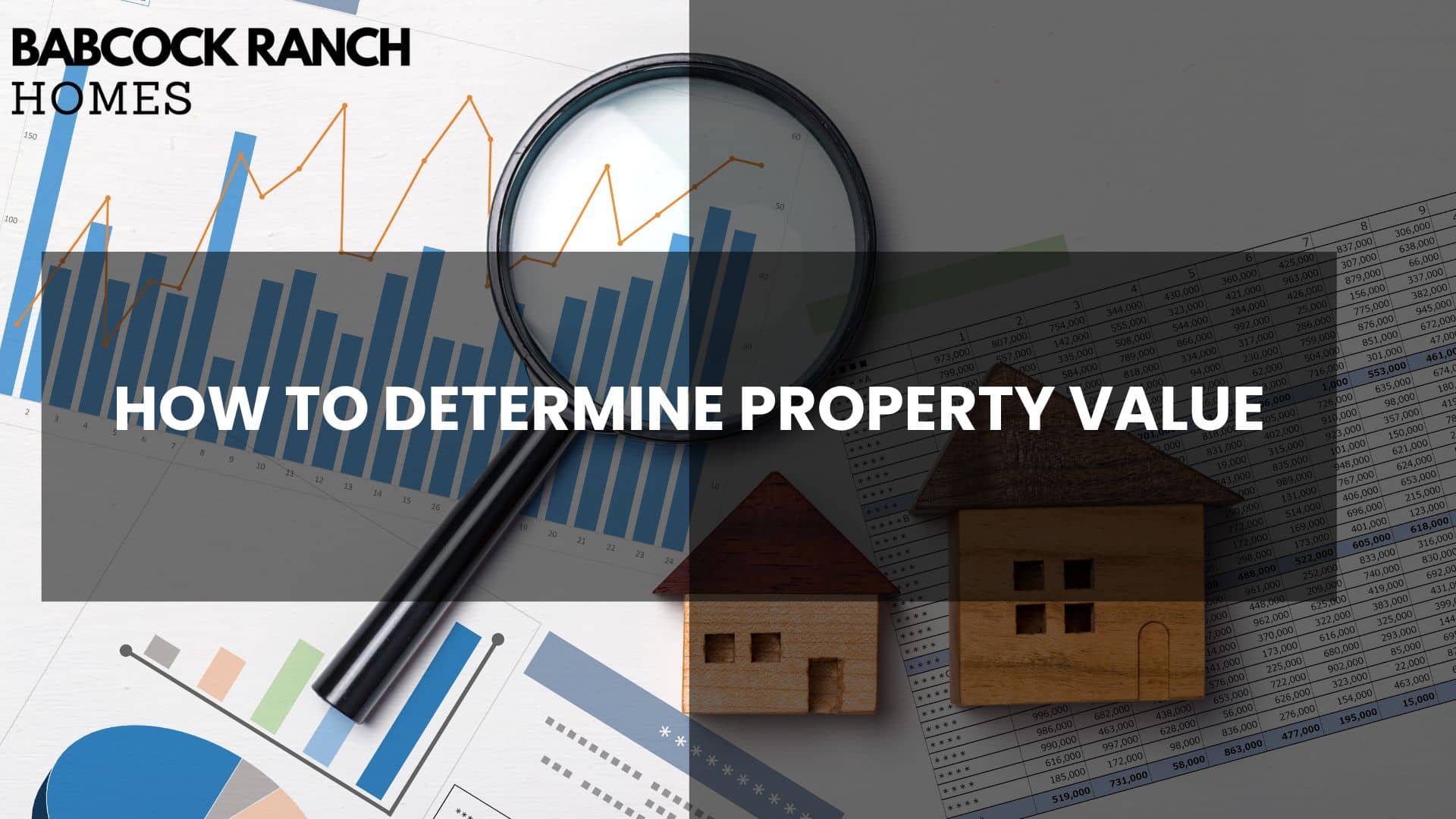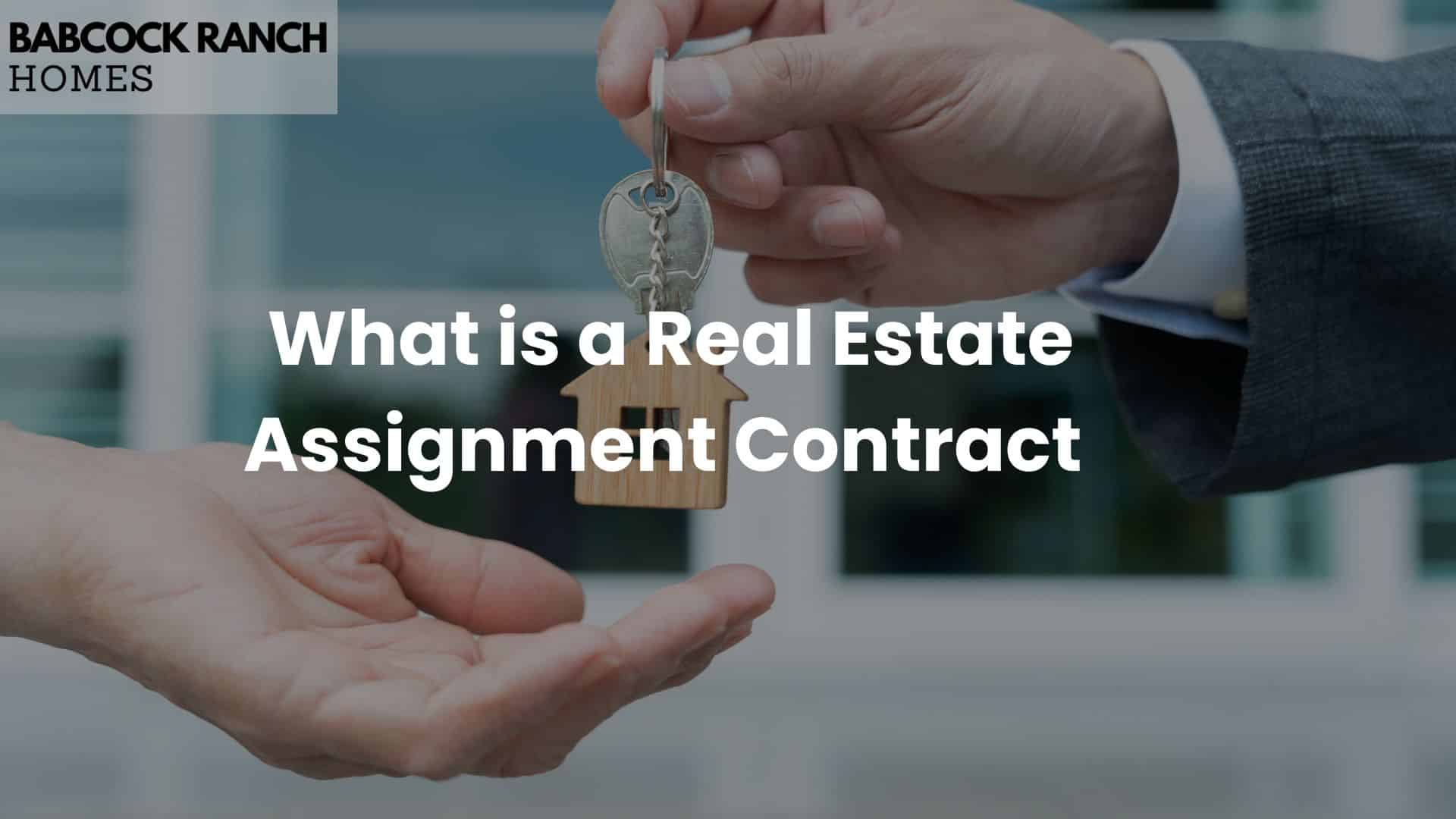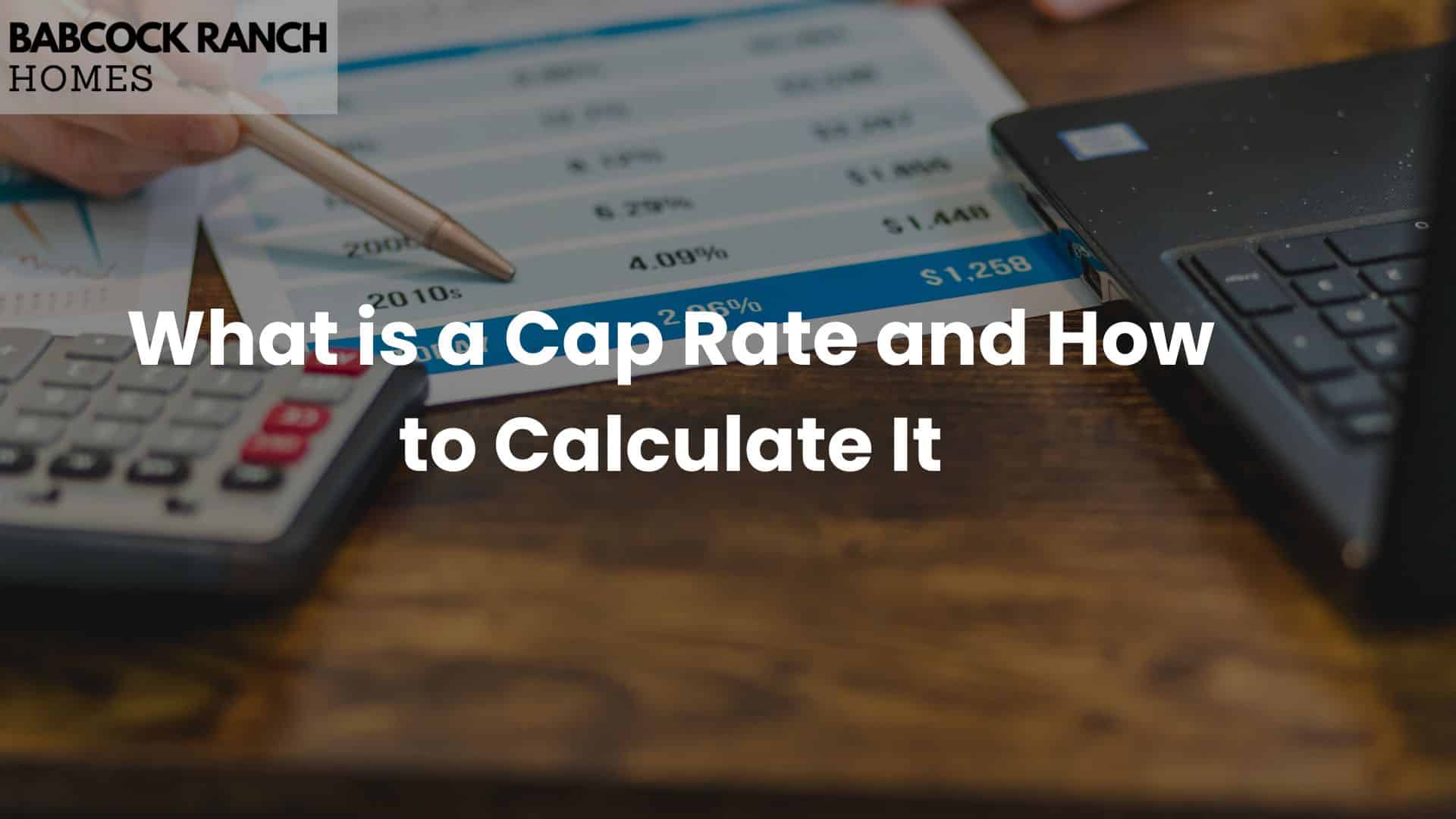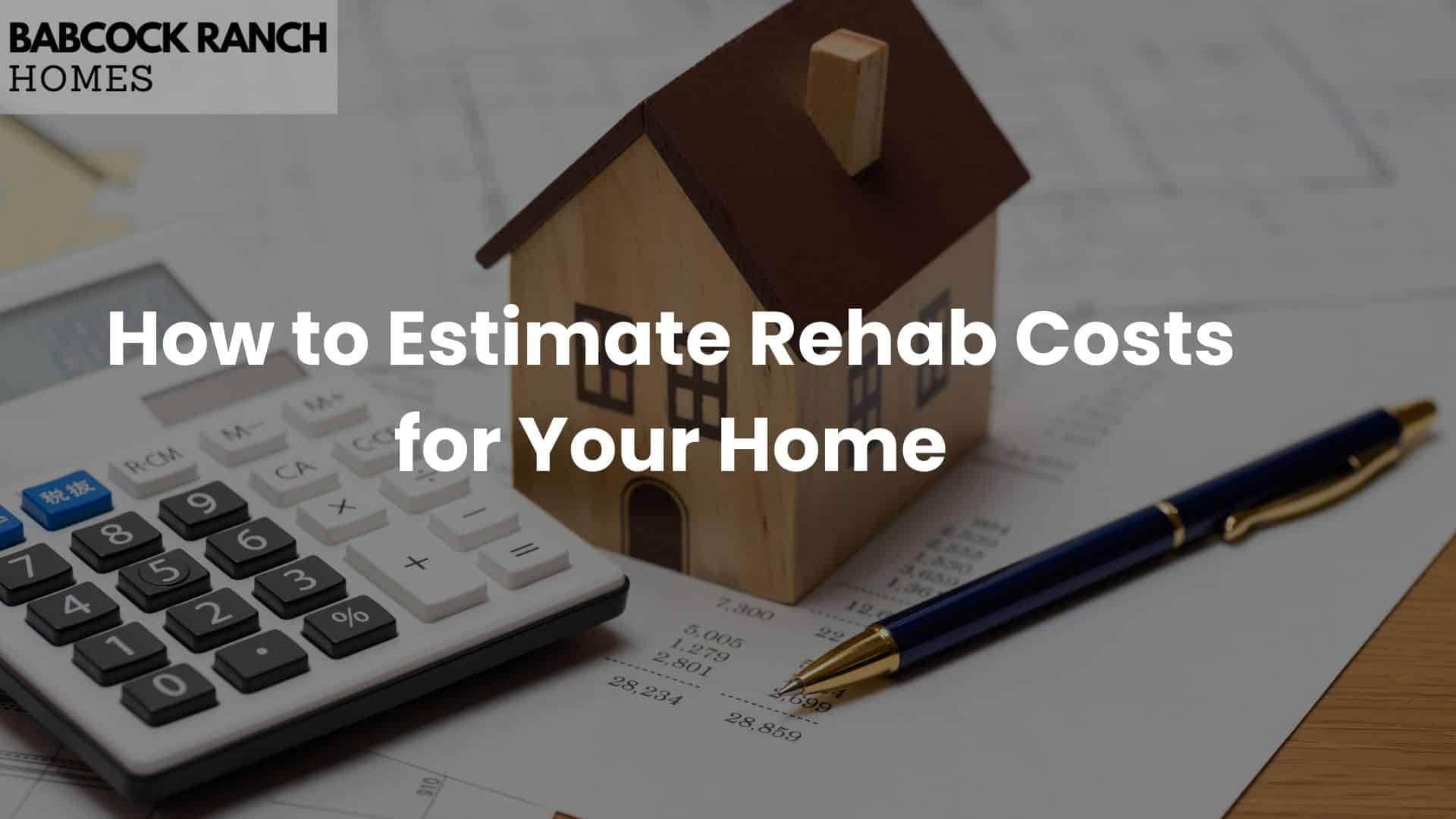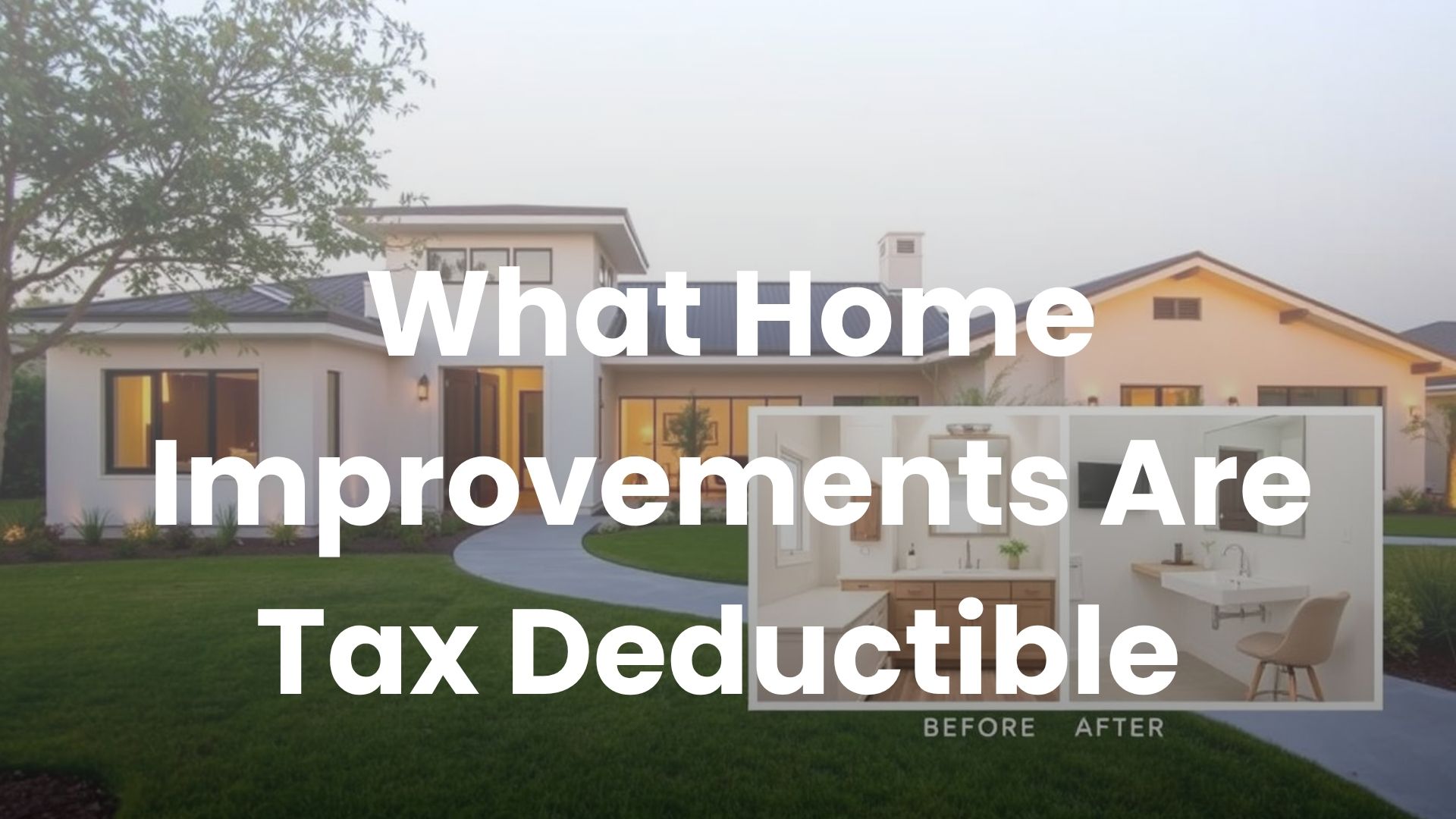
With Tax Day approaching, property owners in Babcock Ranch, Florida, are exploring ways to optimize their finances through eligible upgrades. Knowing which modifications qualify for deductions or credits can lead to significant savings while enhancing your property’s value. For personalized advice, contact Babcock Ranch Homes at 518-569-7173.
Strategic renovations often offer dual advantages: boosting your living space’s functionality while creating potential tax breaks. Unlike basic repairs, capital improvements like energy-efficient installations or accessibility modifications may qualify for federal incentives. These projects could lower annual liabilities while increasing resale potential.
This guide clarifies how specific upgrades align with IRS guidelines. You’ll learn to distinguish between routine maintenance and value-adding changes that impact your returns. Local experts at Babcock Ranch Homes help residents navigate these rules, ensuring compliance with evolving regulations.
Stay ahead by understanding current policies affecting home-related deductions. Whether you’re upgrading a primary residence or rental property, informed decisions maximize both immediate savings and long-term equity growth.
Key Takeaways
- Energy-efficient upgrades often qualify for federal tax credits
- Capital improvements increase property value and potential deductions
- Medical necessity modifications may be partially deductible
- Local experts at 518-569-7173 provide Florida-specific guidance
- Documentation is critical for claiming renovation-related benefits
- Tax rules change annually – verify requirements before filing
Understanding Tax Deductions for Home Improvements
Identifying eligible deductions requires understanding IRS classifications of property expenses. Routine upkeep and major upgrades follow separate guidelines, impacting how you report them.
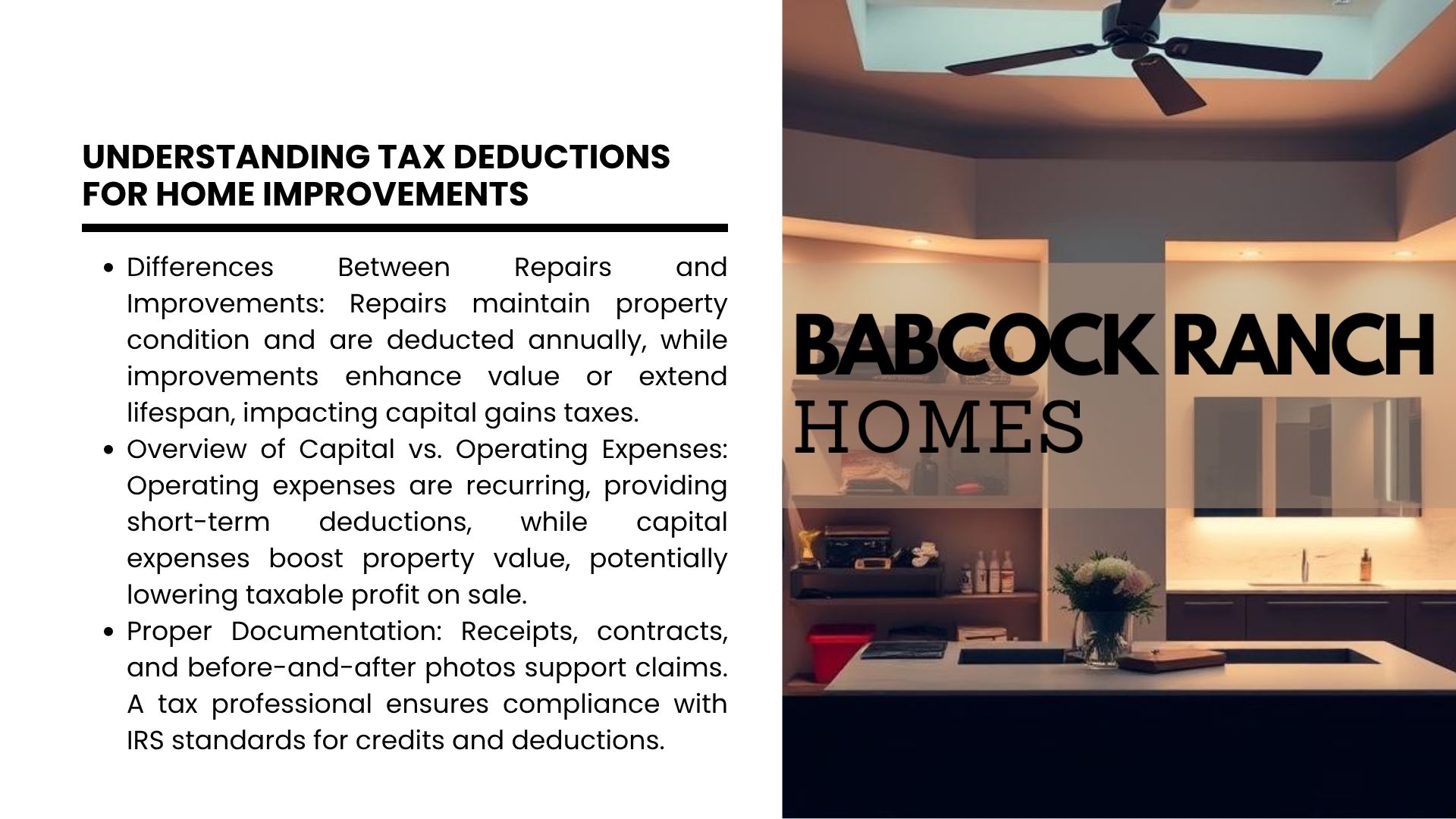
Differences Between Repairs and Improvements
Repairs maintain your property’s current condition. Fixing a leaky faucet or repainting walls are typical examples. These costs are usually considered operating expenses, deducted in the year they occur.
Improvements enhance value or extend lifespan. Installing energy-efficient windows or upgrading electrical systems qualifies. Such projects become part of your home’s cost basis, potentially reducing capital gains taxes when selling.
Overview of Capital vs. Operating Expenses
Operating expenses cover recurring maintenance needs. Think lawn care or minor plumbing fixes. They offer short-term deductions but don’t affect long-term value.
Substantial investments that boost property value fall under capital expenses. Adding a solar panel array or renovating a kitchen qualifies here. These upgrades increase your home’s adjusted basis, potentially lowering taxable profit during a sale.
Proper documentation—receipts, contracts, and before-and-after photos—supports your claims. Consulting a tax professional ensures expenditures meet IRS standards for credits or deductions.
What Home Improvements Are Tax Deductible
Certain property upgrades offer more than aesthetic value—they can lead to tax savings. To qualify, projects must meet IRS criteria for capital improvements rather than routine upkeep. For example, installing storm-resistant windows or upgrading insulation often counts toward deductible expenses.
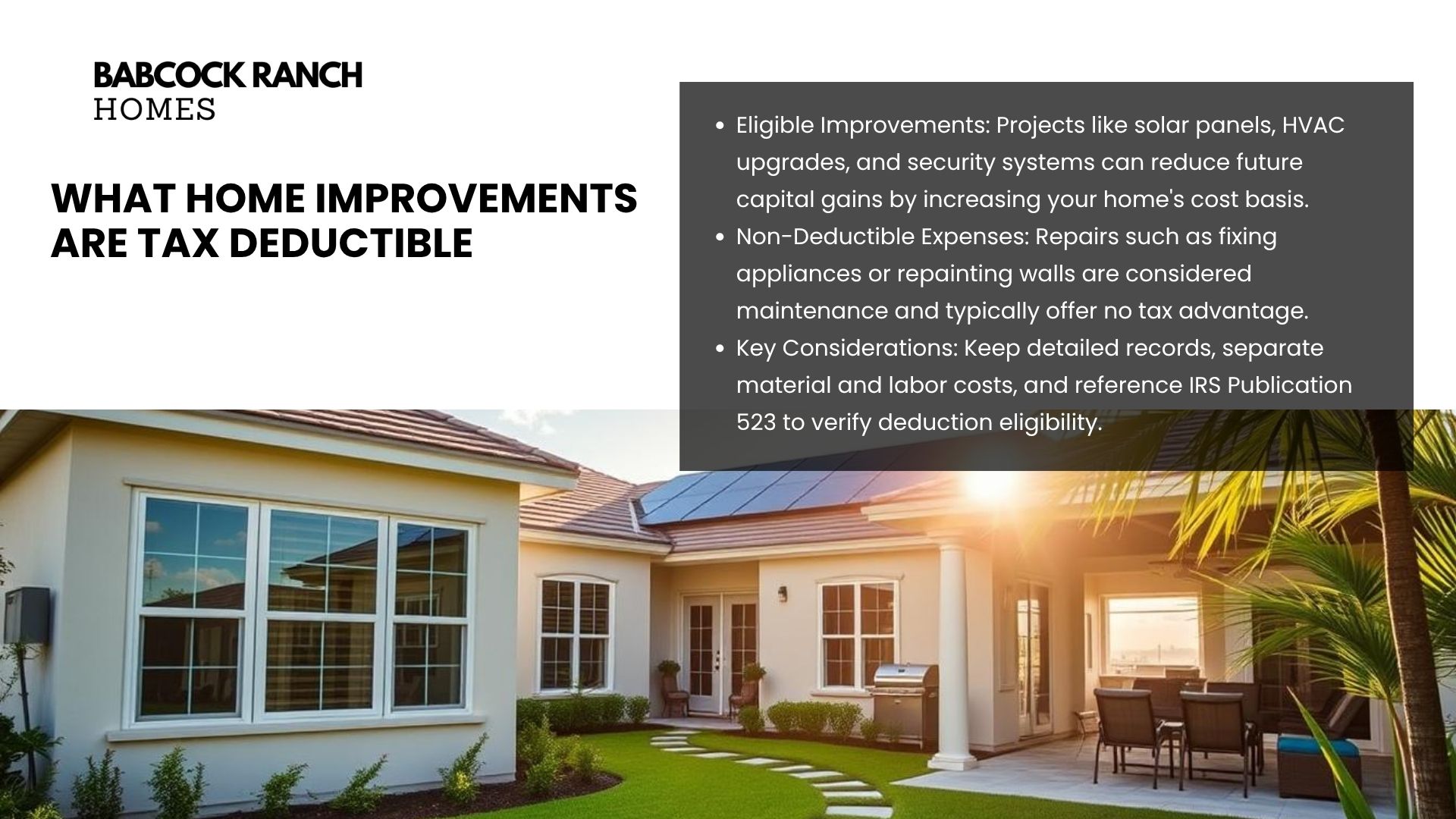
| Eligible Improvements | Non-Deductible Expenses | Long-Term Impact |
|---|---|---|
| Energy-efficient HVAC systems | Basic plumbing repairs | Lowers capital gains tax |
| Solar panel installations | Interior repainting | Increases property value |
| Home security system upgrades | Landscaping maintenance | Enhances adjusted basis |
Energy audits and accessibility modifications like wheelchair ramps may also qualify. These changes increase your property’s cost basis, which reduces taxable profit during future sales. However, fixing a broken appliance or repainting walls typically doesn’t provide immediate deductions.
Key considerations for maximizing benefits:
- Keep receipts for all project-related costs
- Separate labor fees from material expenses
- Consult IRS Publication 523 for eligibility guidelines
Documentation proves essential when claiming these advantages. A 2022 National Association of Realtors study found homeowners who tracked renovation costs saved 18% more on taxes than those who didn’t. Local specialists at Babcock Ranch Homes can clarify Florida-specific rules—call 518-569-7173 for tailored advice.
Energy-Efficient Upgrades and Clean Energy Solutions
Modernizing your Babcock Ranch property with eco-conscious features can yield immediate savings and lasting financial benefits. The federal government incentivizes sustainable renovations through specific programs that reduce upfront costs.
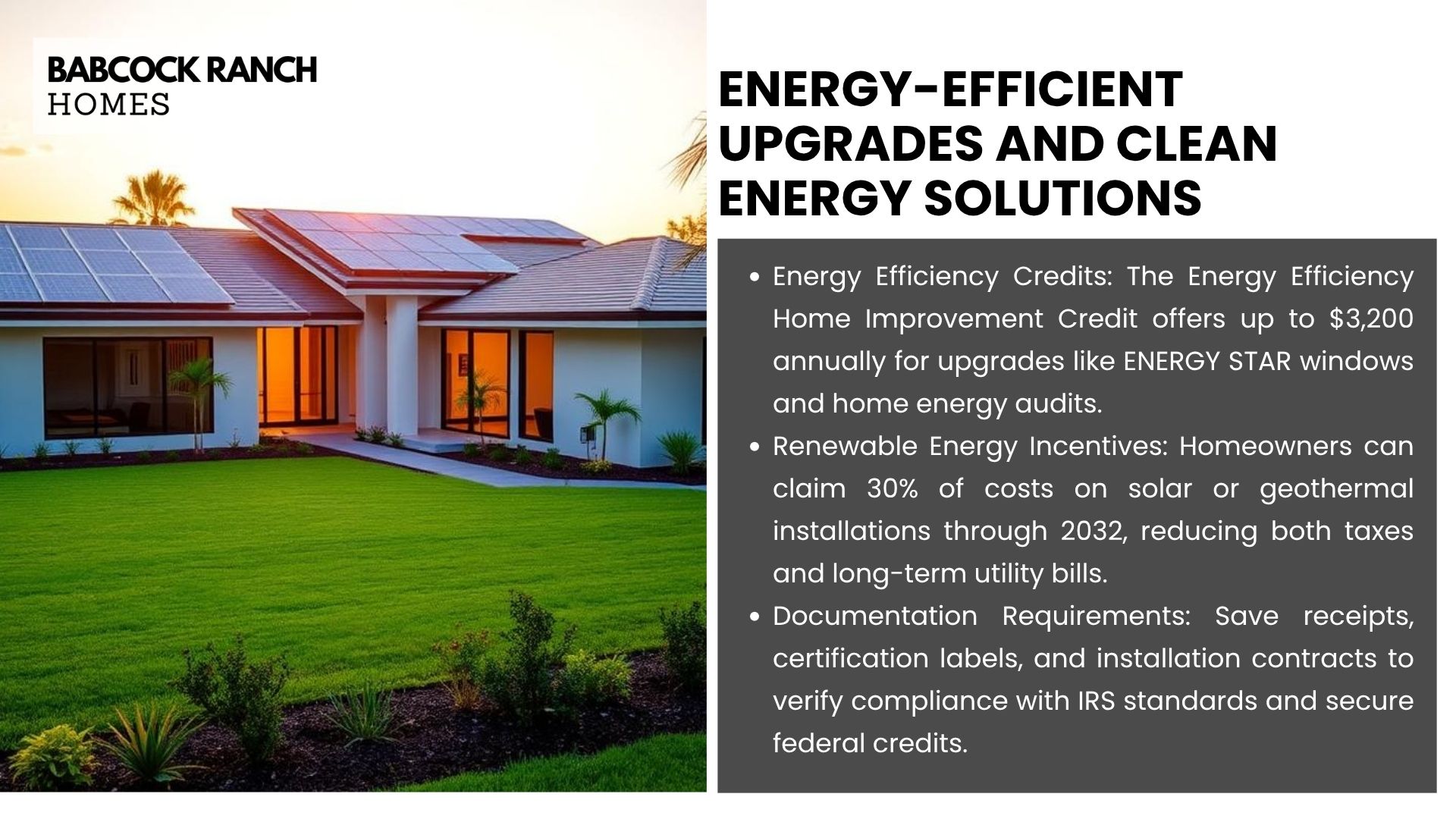
Energy Efficiency Home Improvement Credit Details
The Energy Efficiency Home Improvement Credit covers 30% of qualifying expenses, up to $3,200 annually. Eligible projects include:
- Exterior window replacements ($600 maximum credit)
- Home energy audits ($150 credit)
- Biomass stove installations (30% of costs)
These percentage-based incentives apply to materials and labor. For example, installing $2,000 ENERGY STAR-certified windows could yield a $600 credit. Always verify product certifications meet IRS standards before purchasing.
Renewable Energy Installations Benefits
Solar panels and geothermal heat pumps offer dual advantages. Homeowners can claim 30% of installation costs through 2032 under the Residential Clean Energy Credit. A $15,000 solar array might generate $4,500 in credits.
Beyond tax breaks, these systems slash utility bills by 40-70% annually. Florida’s abundant sunshine makes solar particularly effective for Babcock Ranch properties. Pairing renewable energy with efficient insulation creates compounding savings over time.
Key tip: Maintain detailed receipts and manufacturer certification documents. Proper paperwork ensures upgrades meet federal requirements for credits. For local compliance questions, contact specialists at 518-569-7173.
Capital Improvements and Adding Value to Your Property
Enhancing your property’s worth through strategic upgrades creates lasting financial advantages beyond immediate deductions. These investments strengthen your financial position by altering how taxes apply during ownership transfers.

Impact on Home’s Cost Basis
Capital improvements permanently increase your residence’s adjusted basis—the original price plus qualifying upgrades. Installing attic insulation or replacing plumbing systems adds to this figure. Unlike temporary fixes, these changes remain part of the property’s value for years.
| Project Type | Examples | Tax Treatment | Impact |
|---|---|---|---|
| Capital Improvement | New HVAC installation | Added to cost basis | Reduces future taxable gains |
| Routine Repair | Fixing leaky pipes | Immediate expense | No basis adjustment |
| System Upgrade | Water softener addition | Basis increase | Long-term value retention |
Long-Term Tax Benefits on Sale
When selling, a higher cost basis lowers taxable profits. For instance, $50,000 in verified upgrades could reduce capital gains taxes by $7,500 (assuming 15% rate). This makes meticulous record-keeping essential—save receipts and contractor invoices for at least three years post-sale.
Consider these documentation tips:
- Photograph completed projects with timestamps
- Store digital copies of purchase agreements
- Separate improvement costs from repair bills
While these projects don’t offer yearly deductions, their cumulative effect protects equity growth. Consulting a tax advisor ensures upgrades meet IRS standards for basis adjustments.
Medically Necessary and Accessibility Upgrades
Modifications addressing health needs or mobility challenges can offer financial relief beyond their functional purpose. These changes often qualify for deductions when they meet IRS criteria for medical necessity, even if they don’t boost property value.
Home Modifications for Disability Accommodations
Safety-focused alterations like widened doorways or shower grab bars help residents maintain independence. Other eligible projects include:
- Lowered countertops for wheelchair accessibility
- Stairlifts or platform lifts between floors
- Visual alert systems for doorbells or smoke detectors
The IRS allows deductions only for costs exceeding standard installations. For example, a $2,000 wheelchair ramp might qualify if basic steps cost $500 normally.
Guidelines for Tax-Deductible Medical Improvements
Qualifying expenses must be prescribed by a licensed healthcare provider to manage specific conditions. Documentation should include:
- Written medical recommendation outlining necessity
- Itemized contractor invoices showing labor/material costs
- Before-and-after photos proving modification scope
These costs count toward medical expense deductions if they exceed 7.5% of adjusted gross income. Retain records for three years after filing—the standard IRS audit window.
While these upgrades prioritize safety over resale value, they demonstrate a property’s adaptability. For personalized guidance on Florida-specific regulations, contact specialists at 518-569-7173.
Home Office and Rental Property Improvement Deductions
Maximizing tax benefits through workspace and rental upgrades requires precise planning. Both scenarios demand clear separation of personal and business-related costs to comply with IRS standards.
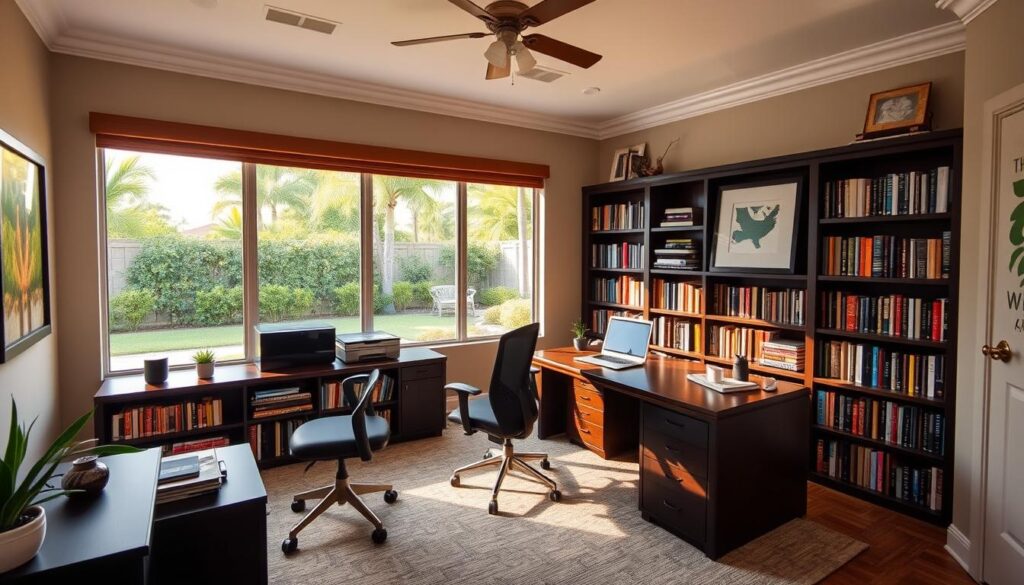
Deducting Home Office Repairs and Upgrades
To qualify for home office deductions, the space must serve exclusively for business purposes. Repainting walls or upgrading electrical systems in this area could qualify. Shared spaces require prorated calculations—a 200-square-foot office in a 2,000-square-foot home allows 10% expense allocation.
Key deductible projects:
- Repairing faulty wiring affecting workstations
- Installing energy-efficient windows in the office zone
- Upgrading security systems for business equipment protection
Rental Property Repair Expense Allocations
Landlords can deduct 100% of repair costs for occupied units in the same tax year. Fixing a rental’s plumbing or repainting walls between tenants counts as immediate expenses. Improvements like replacing countertops must be depreciated over time.
Consider these allocation strategies:
- Track hours spent maintaining rental vs. personal properties
- Separate invoices for multi-unit building repairs
- Document tenant requests justifying urgent fixes
Proper record-keeping transforms routine maintenance into deductible expenses. A 2023 Landlord Tax Survey found investors who itemized repair logs reduced taxable income by 22% on average. For Florida-specific guidance, consult Babcock Ranch Homes specialists at 518-569-7173.
Proper Documentation and Tracking for Maximum Deductions
Accurate documentation transforms renovation receipts into potential tax savings. Meticulous record-keeping ensures every eligible expense gets recognized, turning scattered paperwork into actionable financial benefits.
Organizing Receipts and Written Reports
Create a dedicated system for tracking expenses. Digital tools like cloud storage or expense apps simplify categorization. Label files by project type and date—for example, “2024_Solar_Panel_Receipts.”
“Organized records are your first defense during an audit. Missing one receipt could cost thousands in unclaimed credits.”
| Documentation Method | Tools | Key Benefits |
|---|---|---|
| Digital Backups | Google Drive, Evernote | Accessible from any device |
| Expense Tracking Apps | QuickBooks, Expensify | Automatic categorization |
| Physical Binders | Labeled folders | Quick visual reference |
Consulting Tax Professionals for Accuracy
Experts identify overlooked opportunities. A 2023 IRS report revealed 21% of filers underclaimed deductions due to misinterpretations. Professionals cross-reference receipts with current codes, ensuring compliance.
- Schedule annual reviews of renovation records
- Request written explanations for denied claims
- Compare state vs. federal credit eligibility
Integrate documentation into routine property care. Snap photos after project completions and store invoices with maintenance logs. Babcock Ranch specialists at 518-569-7173 help streamline this process for Florida homeowners.
Conclusion
Smart property upgrades combine financial foresight with practical living enhancements. From solar installations to accessibility modifications, strategic renovations offer immediate savings and lasting value. Proper documentation ensures these investments translate into benefits during annual filings or future sales.
Energy-efficient systems, medical necessity upgrades, and capital improvements all contribute to reduced liabilities. These projects elevate your property’s cost basis, minimizing capital gains taxes when transferring ownership. Even rental units or home offices can yield deductions with precise expense tracking.
Consulting a tax professional helps identify overlooked opportunities while maintaining IRS compliance. Their expertise ensures every dollar spent on eligible projects works harder for your financial goals. Remember: organized records and proactive planning unlock maximum returns.
Ready to optimize your next renovation? Connect with Babcock Ranch Homes at 518-569-7173 for localized guidance. Their specialists streamline the process, helping you secure credits, deductions, and long-term equity growth through compliant upgrades.




